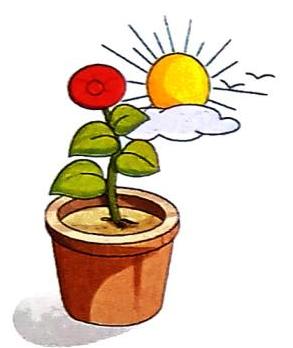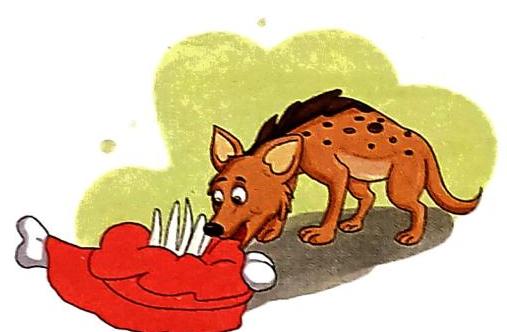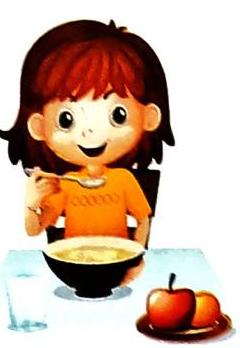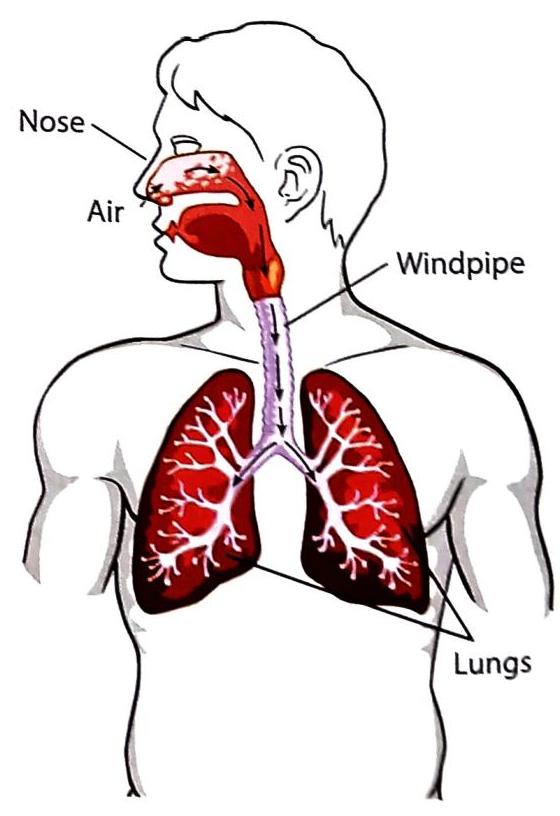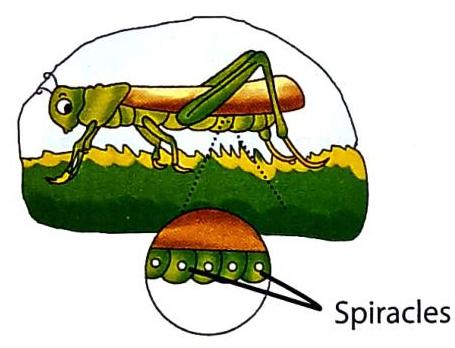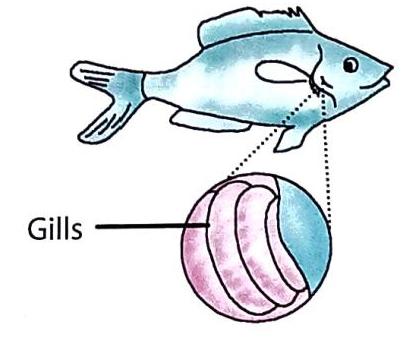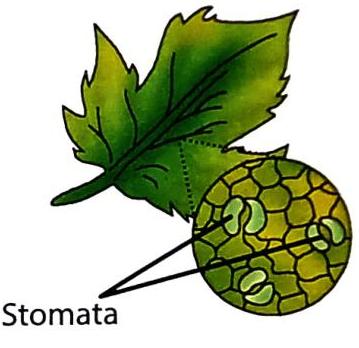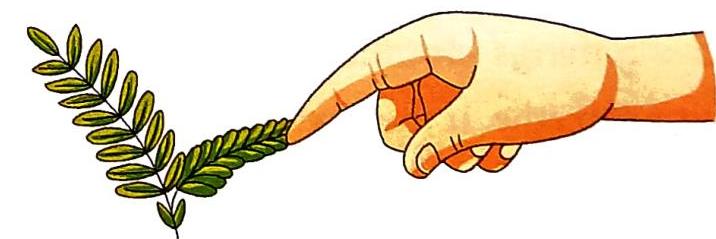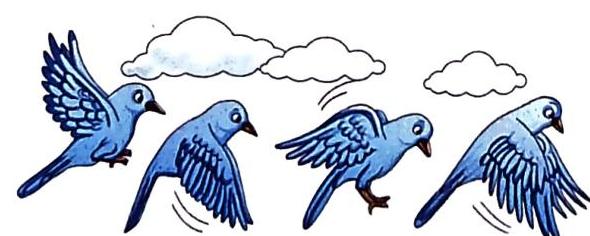Chapter: 01. Living And Non Living Things
Living and Nonliving Things
This chapter will help you understand what living and non-living things are and how to tell the difference between them.
Imagine a park. You might find many things there, such as a Tree, a Bench, a Dog, a Bird, a Car, and a Flower. Among these, the Dog, Bird, and Flower are things that breathe.
LIVING AND NON-LIVING THINGS
Things around us can be categorized into two main types: living and non-living.
Living things have several key characteristics: They need food, air, and water to survive. They can move on their own. They can feel and respond to their surroundings. They produce young ones of their own kind (reproduce). Examples of living things include animals like a Lion and Plants Non-living things lack these characteristics: They do not need food, air, or water. They do not move on their own. They do not produce young ones of their own kind. Examples of non-living things include objects like a Car , a Ball , and a Doll Among non-living things, there are two subcategories:
Natural Non-living Things: These are found in nature and are not made by humans. Human-made Non-living Things: These are created by humans. Examples: Engine, Trumpet
Important Notes on Movement
Plants do not move from one place to another, but they show movement in their body parts, such as leaves closing or growing towards light. Non-living things, like cars, can move from one place to another, but they do not move on their own; they need external power or force. Understanding Differences: Togo the Dog vs. Barky the Toy Dog
Let’s compare Togo, a fun-loving dog, with Barky, a toy dog.
Here’s what Togo, as a living thing, can do that Barky, as a non-living thing, cannot:
Movement: Togo can move on its own, while Barky cannot. Needs: Togo needs food, air, and water to survive; Barky does not. Growth: Togo can grow in size; Barky cannot. Feeling: Togo can feel sensations like pain or hunger; Barky cannot. Reproduction: In theory, Togo can reproduce and have puppies; Barky cannot. Breathing: Togo breathes air; Barky does not.
Characteristics Differentiating Living and Non-living Things
Living things possess specific characteristics that distinguish them from non-living things. Let’s explore these in detail.
Living things need food, air, and water
Food: All living things require food for energy to perform various activities, maintain health, and grow. Plants are unique because they can produce their own food using sunlight, air, and water through a process called photosynthesis. An example is a plant growing in sunlight. Animals cannot make their own food. They obtain food by eating plants or other animals, like a jackal eating meat. Non-living things do not need food, air, or water.
Living things breathe
All living things need air to breathe to survive. Without air, living things would die. Different living things have special organs adapted for breathing: Humans breathe through their nose, where air travels through the windpipe to the lungs. Land animals such as cats, dogs, horses, and zebras also use lungs for breathing. Insects like grasshoppers breathe through tiny holes on the sides of their bodies called spiracles. Aquatic animals like fish have gills, which help them take in oxygen dissolved in water. Plants breathe through tiny pores called stomata, located on the underside of their leaves. Non-living things do not breathe.
Living things move
The way plants and animals move is different. Plants are generally fixed to the soil by their roots and do not move from one place to another. However, they can move their parts. For instance, the leaves of a ‘touch-me-not’ plant (Mimosa) close when they are touched. Animals move on their own from one place to another for various reasons, such as searching for food and shelter or protecting themselves from enemies. Some animals, like cats and cows, move using their legs. Birds and insects use their wings to fly. Fish move through water with the help of their fins and tail. Snakes and earthworms use their entire body to move, often by making loops. Fun Fact (INFO-HUB): The three-toed sloth is known as the slowest moving animal in the world. Non-living things do not move on their own. For example, a car only moves when someone drives it or it’s powered by an engine.
Living things feel and respond to their surroundings
Living things can sense changes around them and react. For example, you feel hungry and eat, you hear a knock at the door, or you feel pain when hurt. Humans and animals primarily use their five sense organs (eyes, ears, nose, tongue, and skin) to feel and respond. A dog uses its nose to sniff. A cat uses its tongue to drink milk. Other examples include insects like butterflies and grasshoppers, which have special body parts called antennae to feel changes. Ants also use antennae. Eagles have excellent eyesight, allowing them to spot prey from far away. Plants also feel and respond to their environment, such as growing towards light or reacting to touch. It is important not to harm them. Non-living things cannot feel anything nor do they respond to their surroundings.
Living things grow
All living things change in shape and size as they grow. Think about how you were a small baby and have grown much larger today. This growth is a natural part of their life cycle. A small seed grows into a baby plant, which then develops into a large, mature plant. The life cycle of living things generally involves taking birth, growing, becoming old, and eventually dying. Non-living things do not grow.
Living things reproduce
Reproduction is the ability of living things to produce new individuals of their own kind. This ensures that their species continues to exist. The approximate time for which a living organism lives is known as its lifespan. All living things have a definite lifespan. For example, an elephant has a lifespan of about 70 years. Different living things reproduce in different ways: Some animals, like crows and turtles, reproduce by laying eggs. These eggs hatch, and a new baby animal emerges from each egg. A turtle laying eggs is an example. Other animals directly give birth to their young ones. Examples include cats, horses, monkeys, and humans. A mother with her baby is an illustration of this. Most plants reproduce through seeds. When seeds are sown under suitable conditions, they germinate and grow into new plants. This process is seen as a seed growing into a plant. Non-living things do not reproduce. You will never see a football, bicycle, laptop, or pen producing more of its kind.
Key Terms
Understanding these terms is important for learning about living and non-living things:
Spiracles: These are tiny air holes found on the bodies of insects that help them to breathe. Stomata: These are small pores located on the underside of plant leaves, through which plants take in and release air. Reproduction: This refers to the ability of living things to produce new individuals of their own kind.
Quick Notes: Summary of Things Around Us
Characteristics: Move (on their own), Grow, Reproduce, Feel (respond to surroundings), Breathe, Need food, air, and water. Examples: Cows, Butterflies, Human beings. Characteristics: Do not move on their own, Do not grow, Do not reproduce, Do not feel, Do not breathe. Examples: Cars, Pencils, Shoes. Natural: Found in nature (e.g., stone, water). Human-made: Made by humans (e.g., car, pencil).
 Self Study
Self Study





